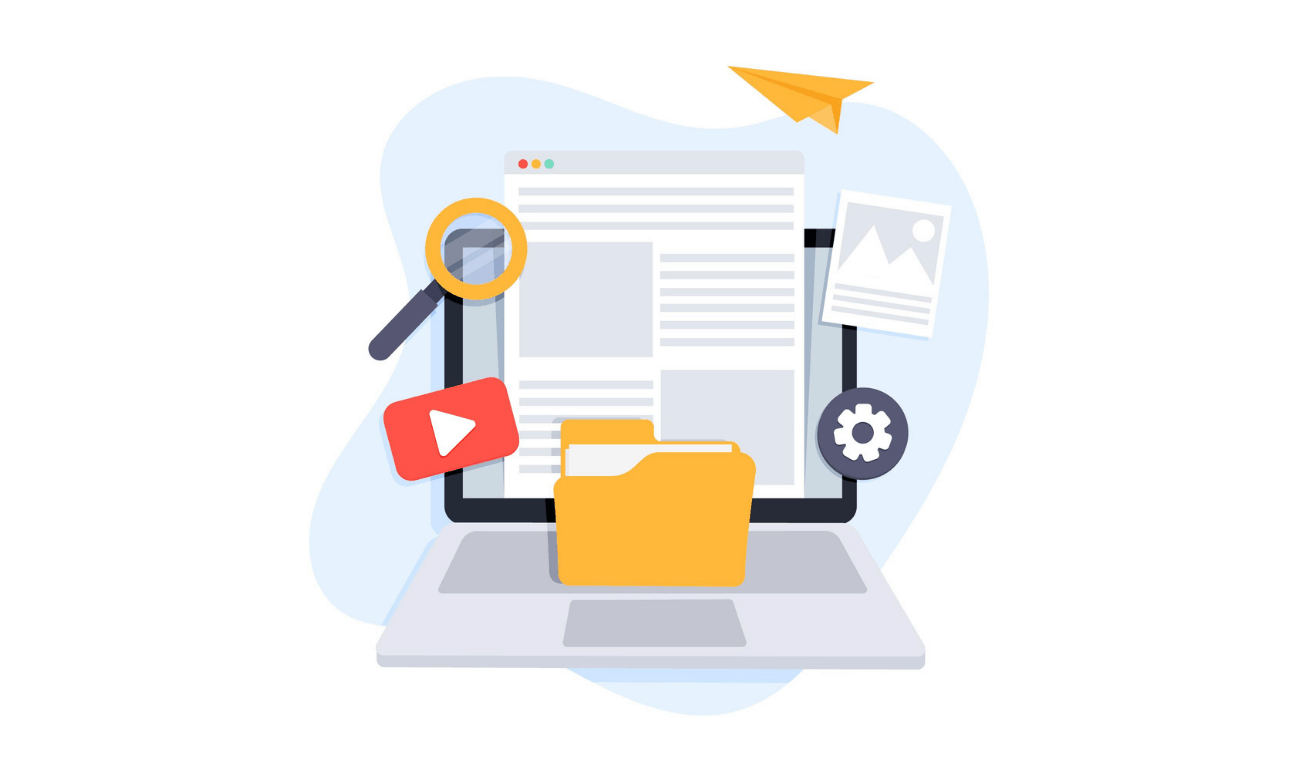
Landing pages for lead generation and growth
Reading Time: 5 minutesAs much as we all wish that having a beautiful and engaging website were enough to attract new leads and generate tons of business, it’s simply not the case in today’s competitive online landscape.
In fact, there’s a pervasive myth in the digital marketing world about lead generation that far too many entrepreneurs assume is true. It goes something like this: a beautifully designed website with lots of information about my product or company will attract new leads simply by virtue of it being a great website. Ah, if only.
Let’s bust this myth right now. A smart and well-designed website will not give you enough lead generation to sustain your business all by itself. Although a professionally designed site helps in establishing your brand, on its own it is not enough to generate new leads for your business. So, why is this?
Let’s take a step back (to when my hairstyle was last in fashion) and look at the origins of business websites. Before the internet made it easy for businesses to showcase their products and services online, many companies relied on printed brochures. These glossy publications helped customers make buying decisions by giving them heaps of information about the product or service as well as the company’s contact info. Follow-up interaction took place only if the customer decided to pick up the phone or visit the business in person.
The first generation of websites emulated these printed brochures. They were viewed simply as publications and the only real difference was they were online. Thankfully, despite the fact my hairstyle hasn’t moved on, how we do business online has.
In today’s competitive market, if you want to convert web visitors into customers, you must focus on solving the problems your potential customers are facing. Creating an interactive experience with a landing page for lead generation is the perfect way to do this.
When customers land on your page, you don’t want to leave them guessing about what to do next. Instead, you want to make the most of your opportunity and invite them to take action. The most important factor that makes a landing page for lead generation different from your main website is that it focuses on a single, powerful call to action. Whereas a website offers dozens of navigational options and includes general information on your company, a landing page for lead generation is built to motivate readers to take a precise step that shows they’re open to further interaction with your brand. When this happens, you’ve generated a lead.
Three reasons to focus on landing page for lead generation.
1. Measuring marketing ROI is much easier
Marketing is expensive. Landing pages that capture leads are a smart strategy to generate a return on your investment. When your focus is on lead generation, you have a reliable, concrete way to measure the outcome of your efforts in ads and other channels for driving traffic.
2. You can stay in touch with visitors who are interested
Instead of losing customers who aren’t ready to buy, you can either direct them to your website or ask them to share their contact info so you can follow up and send them more free content. As a bonus, since each of your landing pages is focused on one specific problem and solution, you can use retargeting ads to continue showing related content and offers to people who visit your page but don’t opt in.
3. Your potential customers are more receptive to future offers
Research shows that people have a strong desire to be consistent with their own past behaviours. Think about how the need for consistency might work to your advantage in your lead generation strategy. For example, if someone subscribes to your blog or opts in to receive a free piece of content (a relatively small commitment), they are more likely to take further actions because, in a way, they already see themselves as your customer and want to remain consistent with that.
How to get started with a landing page for lead generation
Any of the three strategies below are great ways to get started with turning your web presence into a dynamic, engaging lead generation machine!
1. Offer free content
Think about how you can meet potential customers along their buying journey. What are their current needs? What might be valuable to them given their pain points (which you are ready to help them solve)? How can you provide the most value to your audience? By nurturing and educating your potential customers, you build trust and empower them to make a decision they can feel great about.
If you’re extremely knowledgeable in a certain area or have a particular expertise, try writing an ebook that teaches a specific skill that your average buyer is interested in. You could even write an ebook that helps them better understand a concept closely related to your product, setting yourself up as an authority.
You can use a landing page to position your free content as a solution to the problem they are experiencing right now. Try building a page that explains what you’re offering and why your visitors need it, and encourage them to opt in.
2. Collect more information about your leads
For customers who are a bit further along in your buying cycle, use an online form to make it easy for them to share more information with you when they request a demo, strategy call or a free trial of your product/service. To motivate them to fill out the form, explain what they will receive if they take advantage of your offer.
Create a page that walks visitors through the benefits of your offer and what is going to happen when they take the next step. If you want to collect more data by including several different form fields, consider using a lightbox popup form.
Doing so empowers you with more information so you can provide potential customers with an experience specifically tailored to their needs. You can also segment them in your CRM based on the information they share with you and customise the follow-up communications they receive depending on their responses.
You’ll want to carefully consider what fields to add on your forms. Keep in mind that too many fields may turn off potential leads, while too few fields may not provide enough information to have a productive call or demo with them.
If you’re worried that your leads won’t be willing to give you all the info you need on the form, you can separate the form into multiple steps by setting another lightbox as the “thank you” page that pops up right after they complete the first form. This helps to increase conversions by asking for only their basic info upfront and then asking for more later on after the diversion of the “thank you” page. Even if a lead doesn’t fill out step two, you’ll still get all the critical information from step one (such as contact info).
3. Re-examine your follow up process
What happens to customers who respond to your calls to action? Do they get a prompt response from you? How easy is it for them to fall through the cracks?
The biggest sin of many websites is that they are not seamlessly integrated with the tools needed to manage the follow-up process. When a new lead is collected, that information might go to a number of different places — someone’s inbox, a CRM tool, or just into your email marketing platform’s subscriber list.
Some of those tools can automate the process for what happens next, but it often results in a complex system. When several different software tools that rely on people to move information between them are involved, the results are often inconsistent. When you or your team forget to do any of those tasks, there’s a missed opportunity to make the most out of a new lead.
If new leads are simply getting delivered to someone’s inbox without automatic follow-up, it’s time to set up a process to reliably follow up with them.
And finally…
Any of these three strategies will help turn your landing pages into a stronger representation of your brand and dramatically improve user experience. Don’t forget that the key to a great page – one that moves your business forward by generating leads – is to focus on your customer. When customers find you online, you have the opportunity to solve their most pressing problems, no matter where they are on the buying journey. Embrace this focus, and you will create relationships with your prospects that pay off.
Need help? Contact one of the team today. Best, Mark (MD, Advocate).
Post a Comment
You must be logged in to post a comment.





